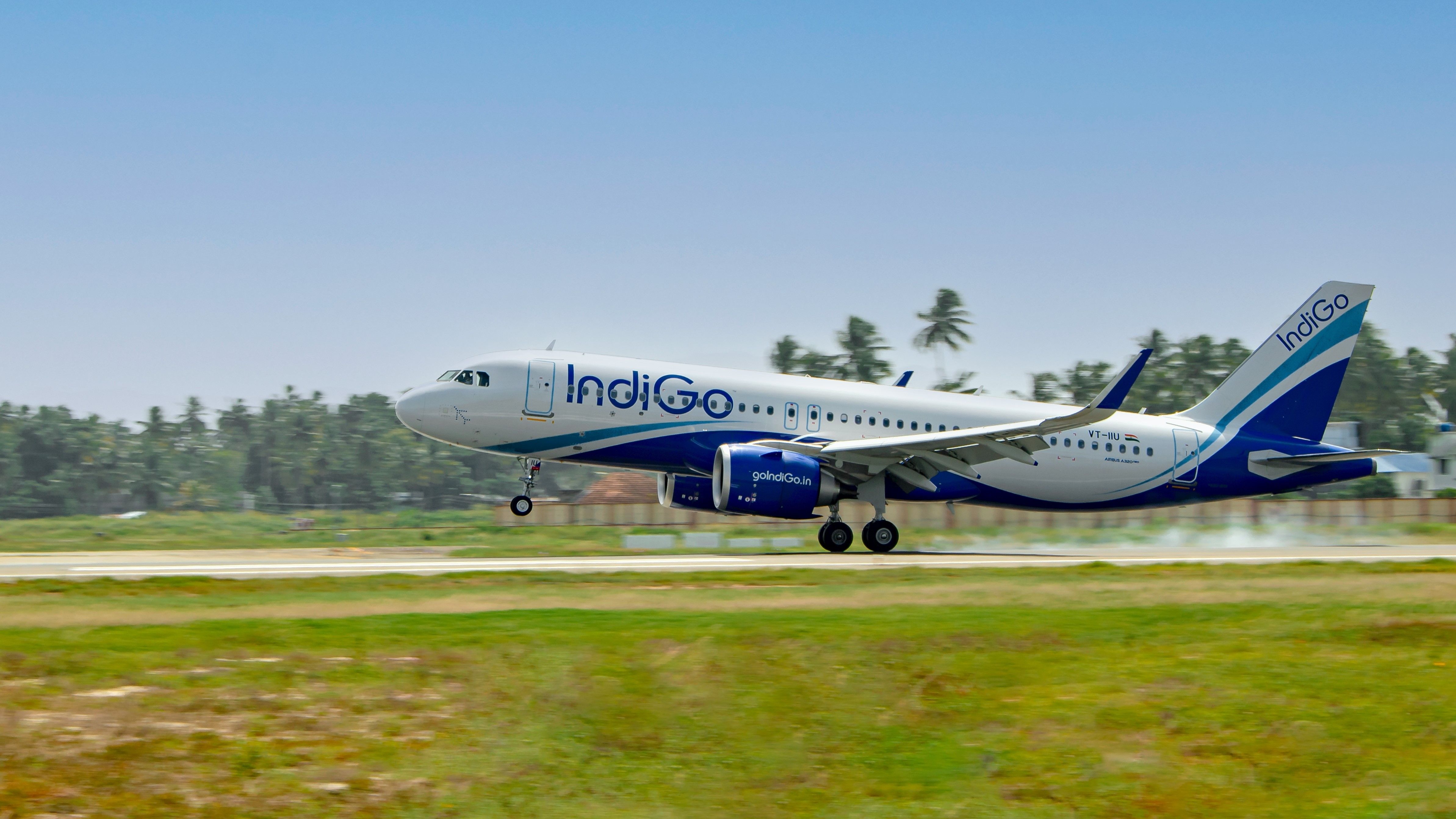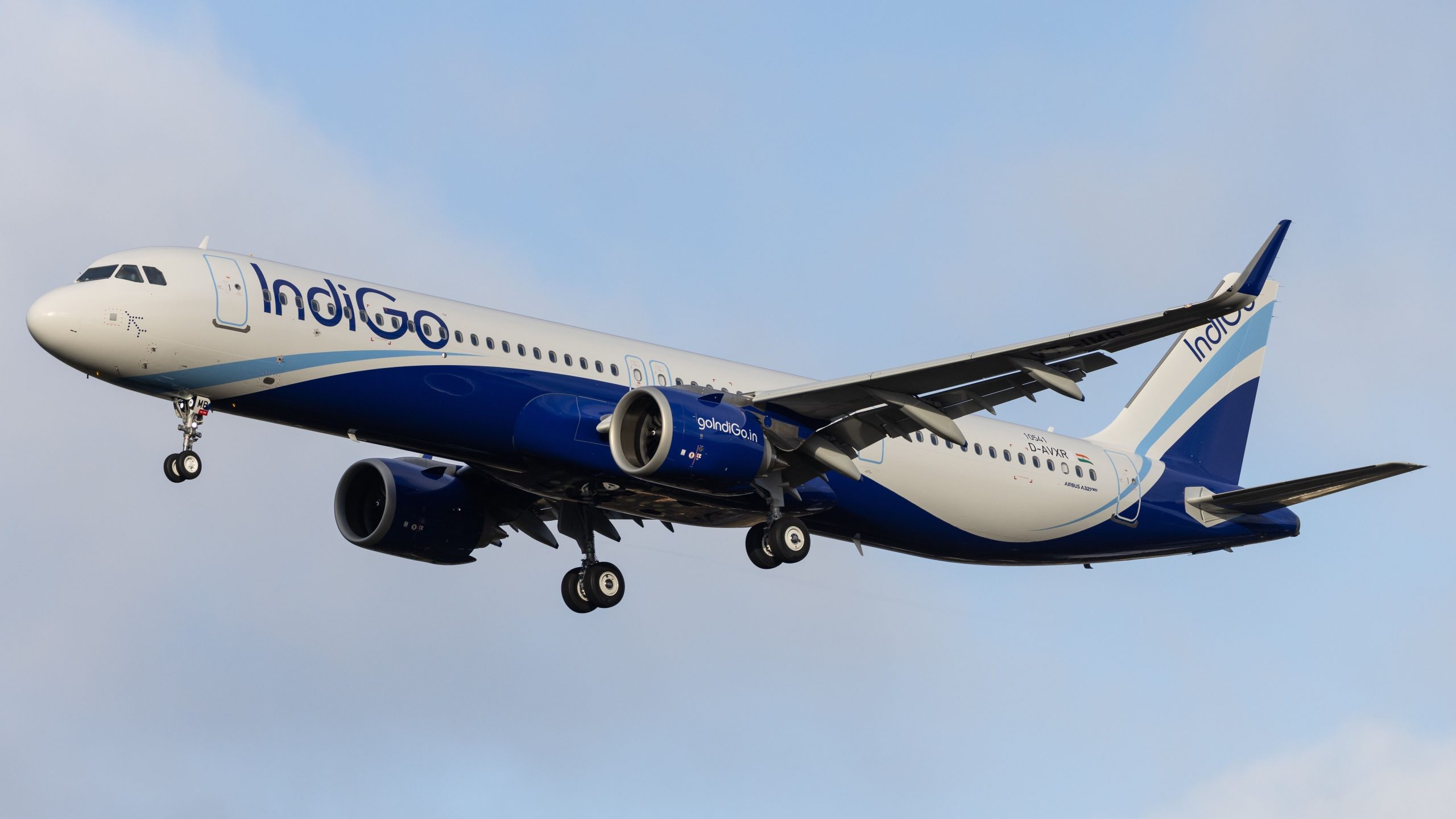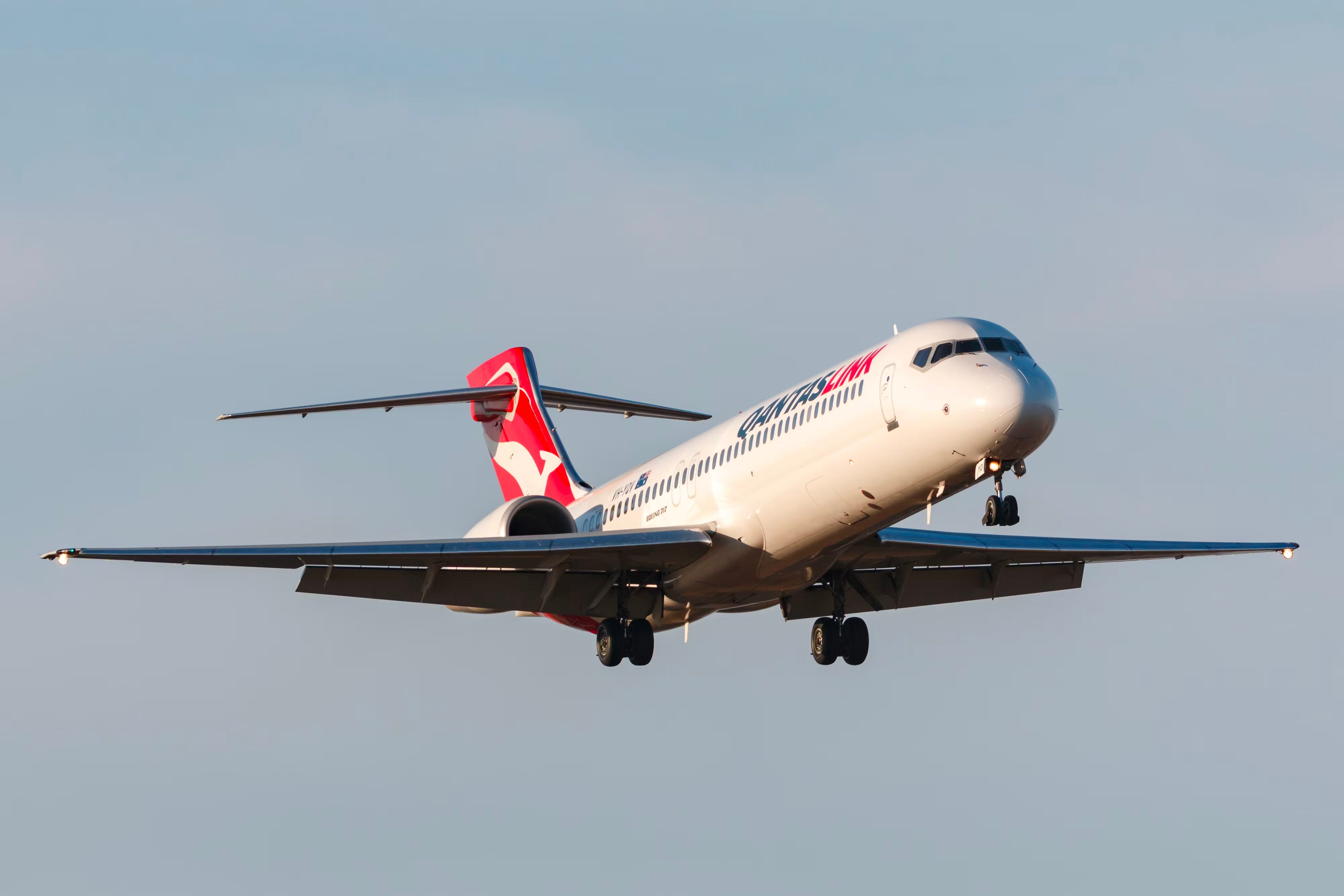Summary
- IndiGo raises ticket prices due to surging fuel costs, implementing a fuel charge that varies based on flight distance.
- Aviation fuel prices have increased by 6% in the past month, driven by restricted fuel exports and higher overall costs.
- Airlines worldwide, including United Airlines, Southwest Airlines, Alaska Airlines, and Qantas, are grappling with rising fuel prices, affecting their bottom line.
On October 5, IndiGo announced it would be increasing all ticket fares for flights. This increased ticket fare is due to a fuel charge addition. The charge, which is implemented on both domestic and international flights, will go into effect on October 6.
New pricing guidelines
IndiGo said in a statement that the increased fuel charge is due to surging Aviation Turbine Fuel (ATF) prices. The budget airline also said that aviation fuel has been consistently increasing in cost every month over the last three months. This led to increasing ticket fares via the fuel charge to negate the increasing fuel pricing surge. IndiGo said in a statement,
“ATF accounts for a substantial portion of an airline’s operating expenses, necessitating fare adjustment to address such a cost surge.”
The fuel tax will change depending on the distance of the flight. The pricing structure is shown below:
- 0–500 kilometers (0-310 miles) has a fuel charge of INR 300 ($3.60)
- 501–1000 kilometers (310–621 miles) has a fuel charge of INR 400 ($4.80)
- 1001–1500 kilometers (621–932 miles) has a fuel charge of INR 550 ($6.60)
- 1501–2500 kilometers (932-1553 miles) has a fuel charge of INR 650 ($7.80)
- 2501–3500 kilometers (1553–2175 miles) has a fuel charge of INR 800 ($9.60)
- 3501 kilometers (2175 miles) and above has a fuel charge of INR 1000 ($12.00)
 Fuel prices surging
Fuel prices surging
Aviation fuel has significantly increased in cost over the past several months. According to information from the International Air Transport Association (IATA), fuel costs have increased by 6% over the past month. The average cost per barrel of fuel on September 22 was $131. This is nearly a $10 increase in price per barrel from the previous month.
Fuel prices have been steadily increasing since April earlier this year. However, current fuel prices are about 3% less than they were at this time last year.
Airlines all over the world have been affected by the pricing increases. Three airlines in the United States, United Airlines, Southwest Airlines, and Alaska Airlines, have stated that increased prices will affect their bottom line. A statement from Alaska Airlines said,
“Over the past several weeks, fuel prices have increased considerably, driving a downward revision to our adjusted pre-tax margin expectations for the quarter.”
Photo: Ryan Fletcher I Shutterstock
In Australia, Qantas has revealed that increasing fuel costs may drive its standard airfare upwards. The airline revealed that fuel costs for the first six months of 2023 were 30% higher than the previous year. The airline also expects its yearly fuel costs to reach AU$2.8 billion ($1.8 billion). Qantas said in a statement,
“The group will continue to absorb these higher costs but will monitor fuel prices in the weeks ahead and, if current levels are sustained, will look to adjust its settings.”
Variables for rising fuel costs
There are multiple reasons that are affecting the current cost of aviation fuel across the world. Both Russia and Saudi Arabia have voluntarily restricted their fuel exports. In September, Russia’s fuel exports hit an eleven-month low. These directly lead to fuel cost increases as the supply of fuel is lower.


